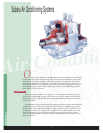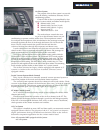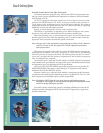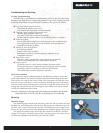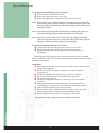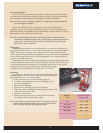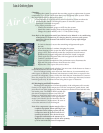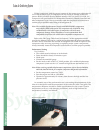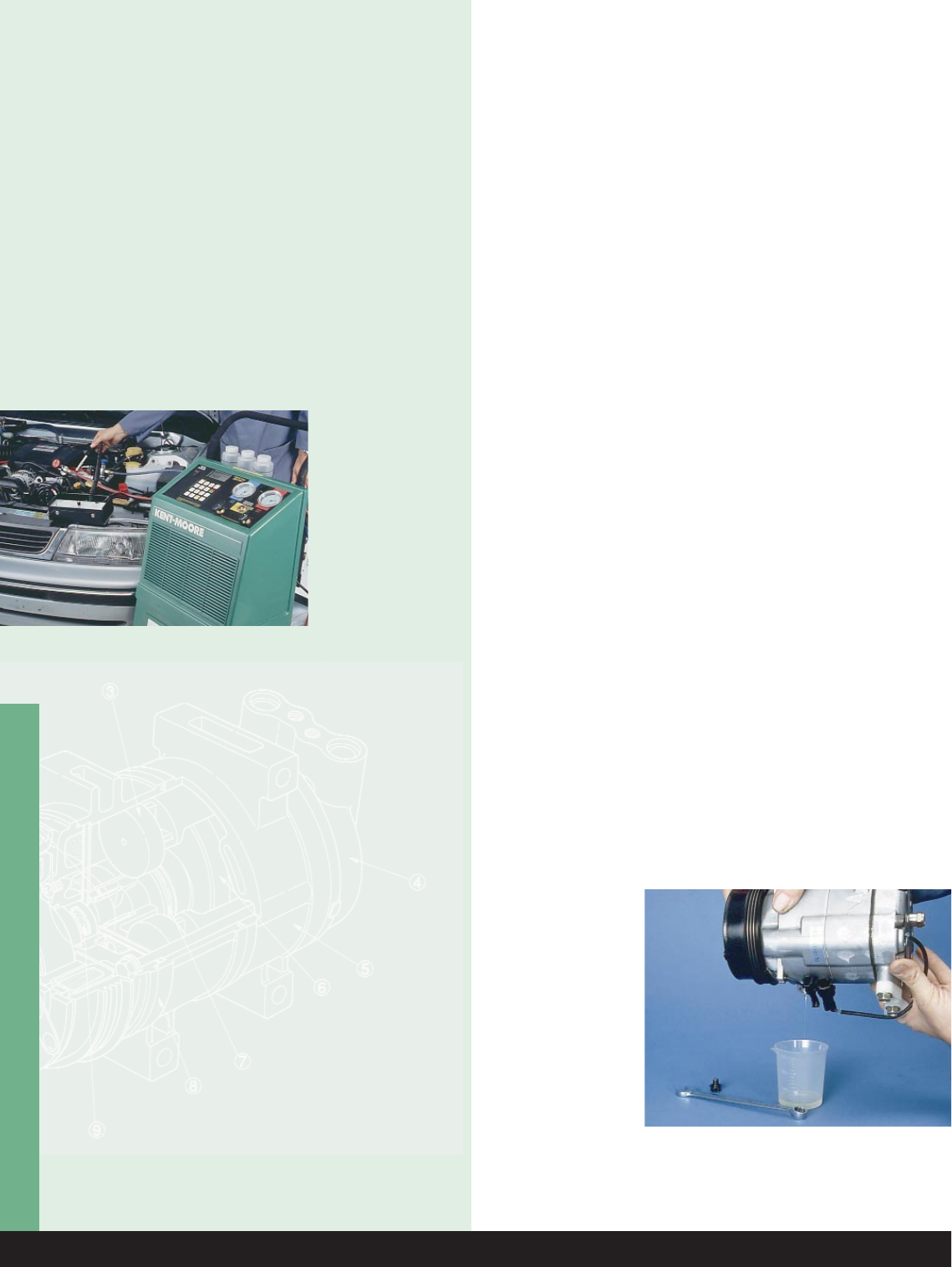
Air Conditioning
Charging
Charging the system is required after servicing, repair or replacement of system
components, or to locate a leak when there is no refrigerant in the system. Follow
the steps listed below to charge the system:
• Leak detection of a pressurized system is required to locate an otherwise
unidentifiable leak in a discharged system or when the system was
dicharged/evacuated for repairs.
• The proper procedure is to:
- Connect the manifold gauges or ACR-4 to the system.
- Attach the center charging hose to the refrigerant source.
- Charge the system initially with .5 -.75 lbs (0.226-0.34 kg).
Note: Refer to the appropriate model year Subaru Service Manual or air conditioning
manufacturer’s instructions for charging details, pressures, and system
capacities. Use an electronic leak detector such as a pump-style halogen
dual-gas type.
- If a leak is detected, recover the remaining refrigerant and repair
the leak.
- If no leak is detected, continue charging the system.
- When charging of the system has been completed, close the manifold
gauge valves, and manually rotate the compressor several turns to
distribute any trapped refrigerant oil before the clutch is engaged.
- Check again for refrigerant leaks with an approved leak detector.
- Conduct a performance test.
- Upon successful completion of the performance test, disconnect the
high and low-pressure hoses from the service valves.
- Replace the valve caps to the service valves.
Refrigerant is colorless and odorless. You must use a leak detector to locate a
leak and determine the size of the problem.
Use of a halogen pump style electronic leak detector is recommended over
other types of detectors. Electronic leak detectors usually buzz or squeal in the
presence of refrigerant. Always follow the leak detector manufacturer’s instruc-
tions for proper use. It is Subaru policy to not use flame-type detectors, because
harmful gasses may be emitted when using these types of detectors.
Oil Discharging and Refill Procedure
Discharge the compressor oil when the quality of the refrigerant oil is unsatis-
factory or for repair of the compressor. Turn the compressor upside down, and
pour the oil out of the compressor. Most compressors drain oil from both the inlet
and outlet ports. The DIESEL KIKI variable dis-
placement compressor drains (and fills) oil
through a drain plug hole located in the center
of the case. Always refer to the appropriate
model year Subaru Service Manuals and the
A/C manufacturer’s instructions. Be sure to
record the amount of oil discharged.
Note: New compressors contain enough oil for a
complete dry system. When replacing a new
compressor on an existing system, the old
compressor must be drained and the oil
quantity measured. Then drain the new
compressor and measure the amount of oil.
Refill the new compressor with the same quantity
of oil as was removed from old compressor.
End Wrench
The
Subaru Air Conditioning Systems
10
Charging/Leak Detection
Oil Discharging



